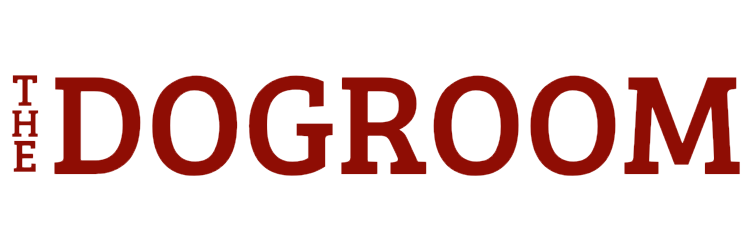The Ultimate Guide to Dog Grooming: Best Practices for Every Breed
- Ryan Spelts

- Mar 17
- 1 min read

Dog grooming is more than just keeping your pup looking good; it’s about their health and well-being. Whether you have a short-haired Chihuahua or a fluffy Poodle, understanding the right grooming routine is essential. In this guide, we’ll break down the best grooming practices for different breeds.
Why Grooming is Important
Grooming prevents matting, reduces shedding, controls odors, and improves your dog's overall health. Regular grooming also helps detect any early signs of skin infections or parasites.
Breed-Specific Grooming Needs
Short-Haired Breeds (Labrador Retrievers, Beagles, Boxers)
Brush once a week with a bristle brush.
Bathing every 4-6 weeks.
Wipe ears and brush teeth weekly.
Long-Haired Breeds (Shih Tzus, Yorkshire Terriers, Afghan Hounds)
Brush daily to prevent tangles and mats.
Bathing every 3-4 weeks with conditioning shampoo.
Trim hair around the eyes and paws.
Double-Coated Breeds (Huskies, Golden Retrievers, German Shepherds)
Brush 2-3 times per week, daily during shedding seasons.
Avoid shaving as it affects their natural insulation.
Use a deshedding tool for loose undercoat.
Curly-Coated Breeds (Poodles, Bichon Frises, Portuguese Water Dogs)
Requires professional grooming every 4-6 weeks.
Daily brushing to prevent matting.
Use a clipper for even trims.
Essential Grooming Tools
Slicker brush
Deshedding tool
Pet-safe shampoo
Nail clippers
Ear cleaning solution
Dog toothbrush and toothpaste
Conclusion
Grooming is a lifelong commitment that varies by breed. By understanding your dog’s specific needs, you’ll keep them healthy and happy for years to come.



Comments